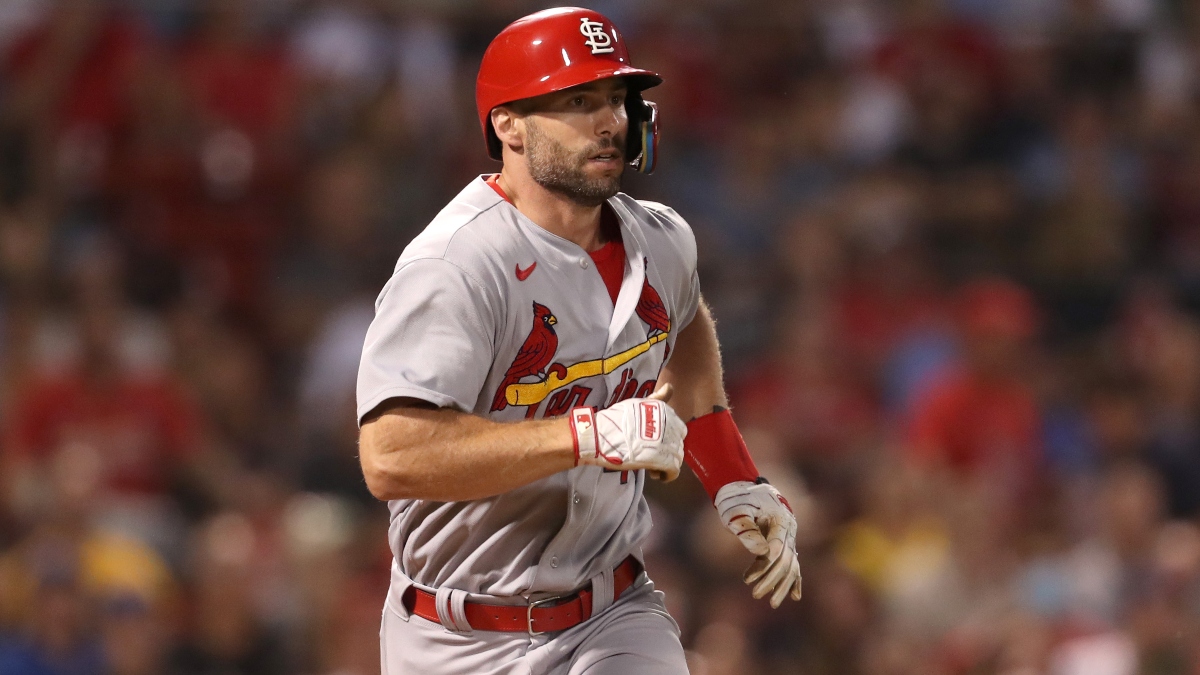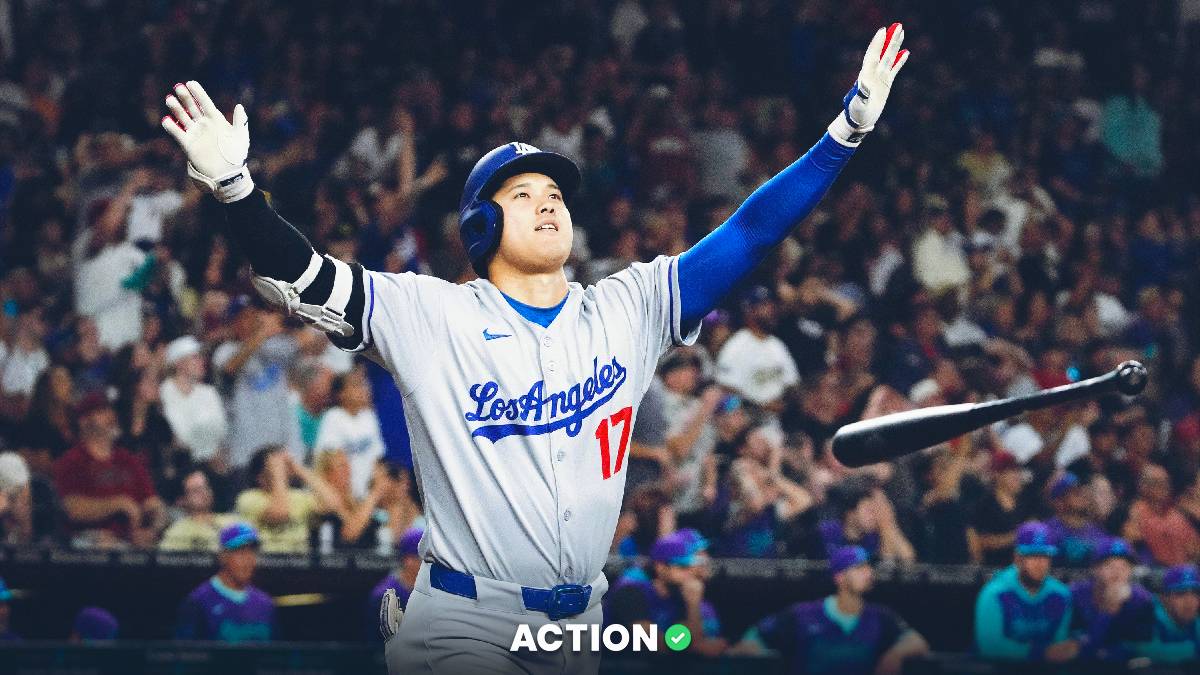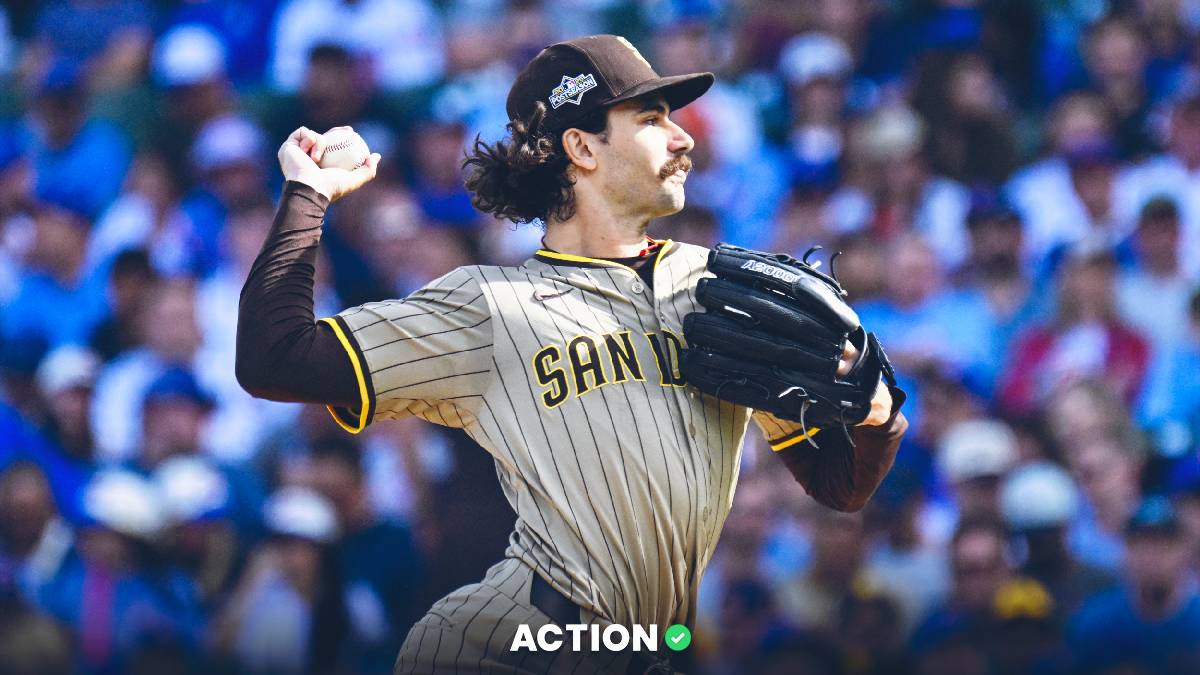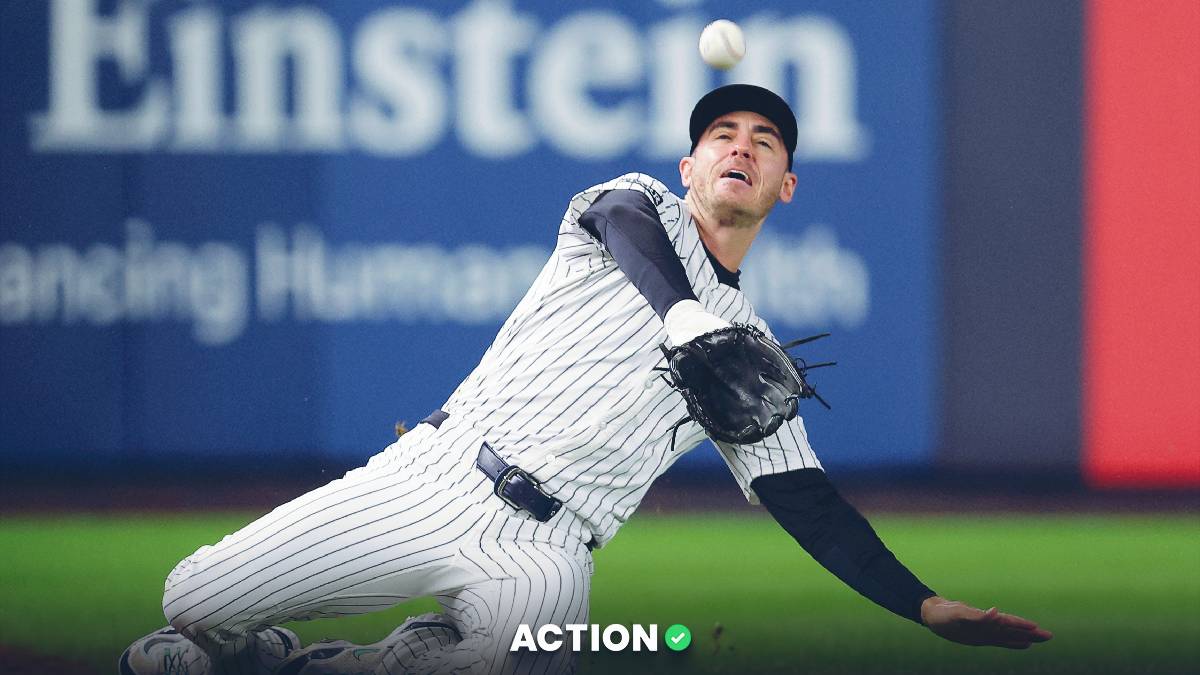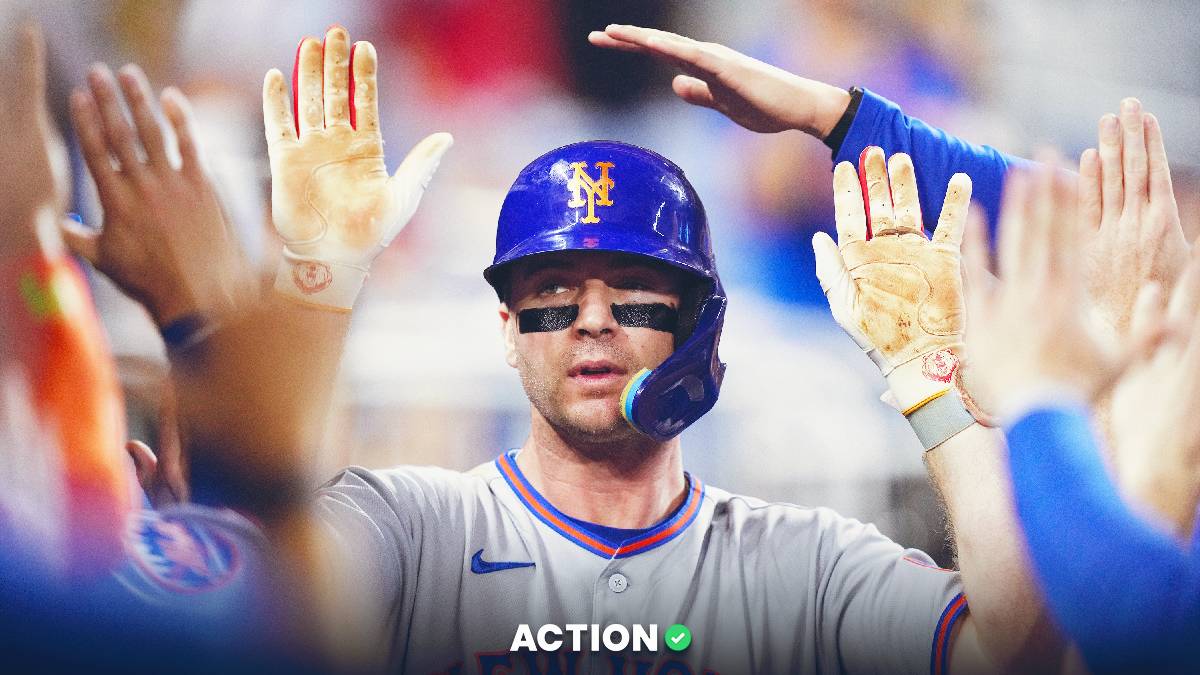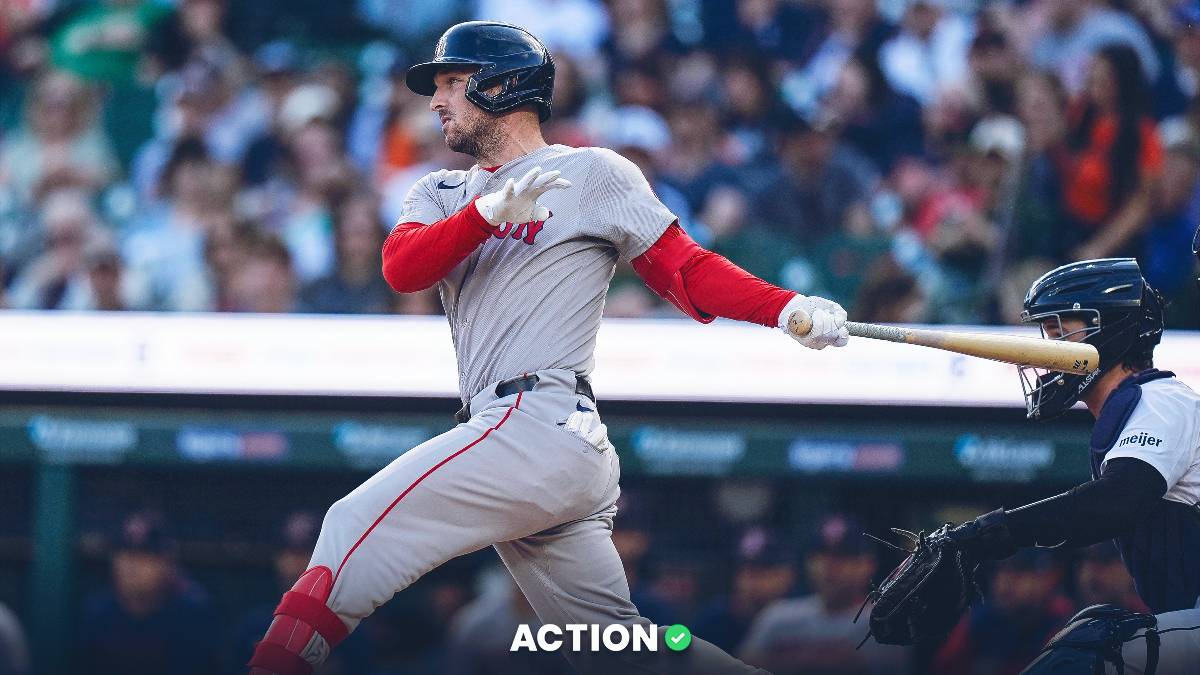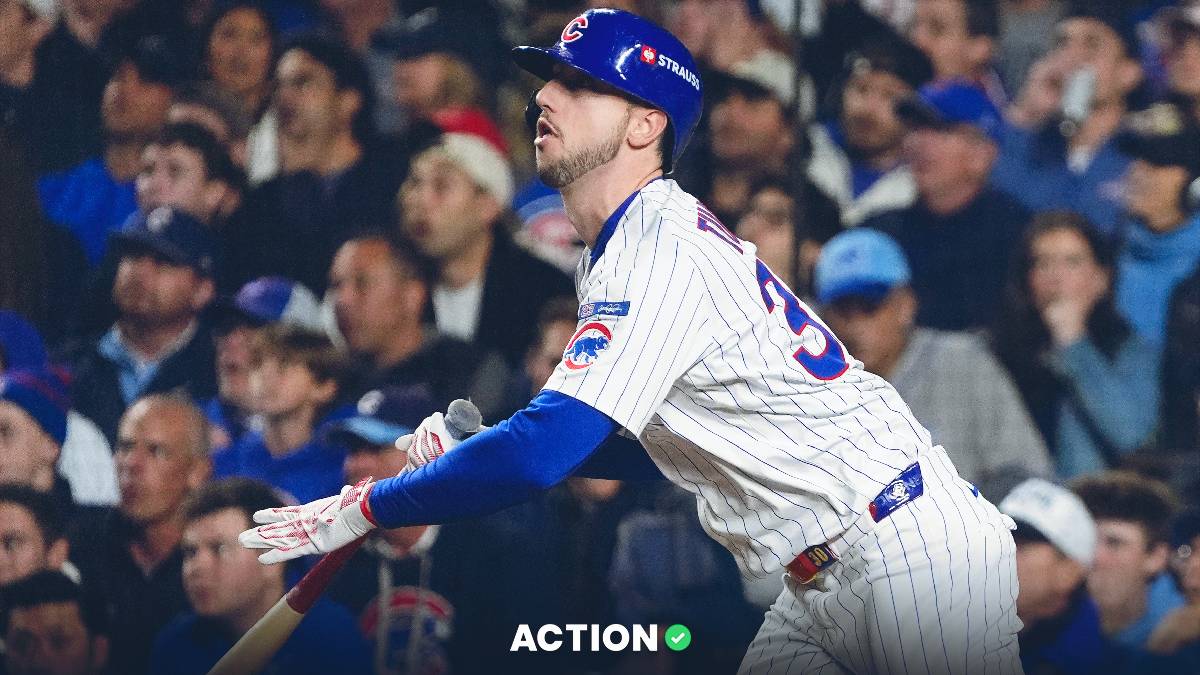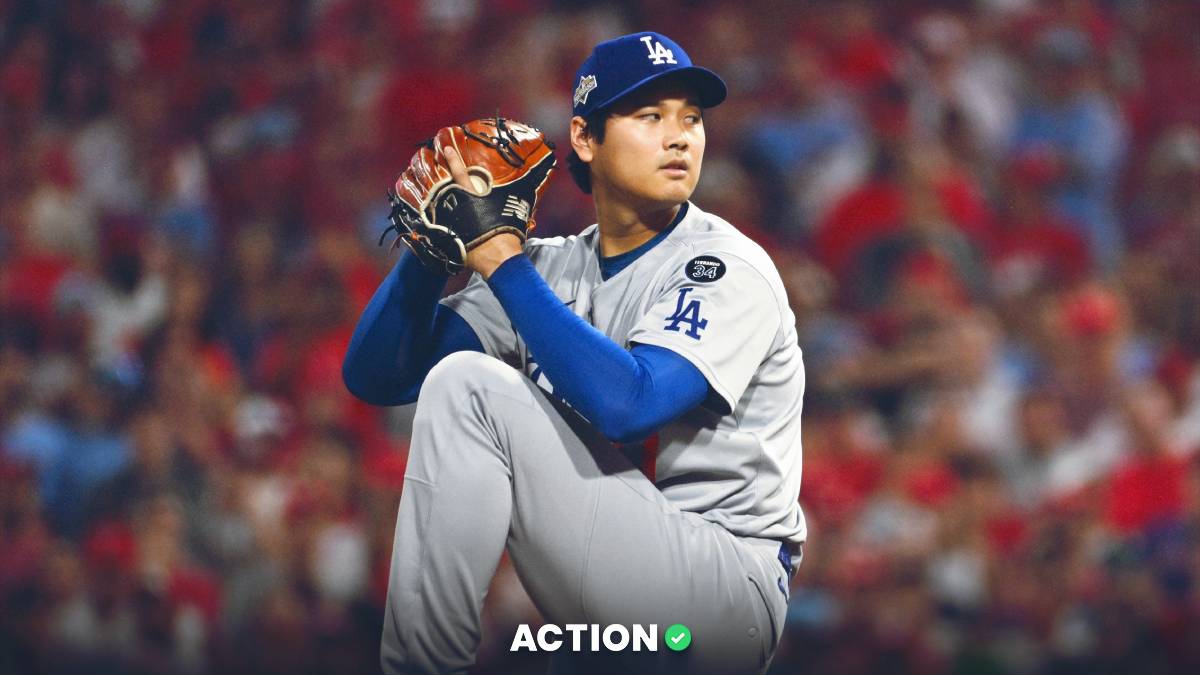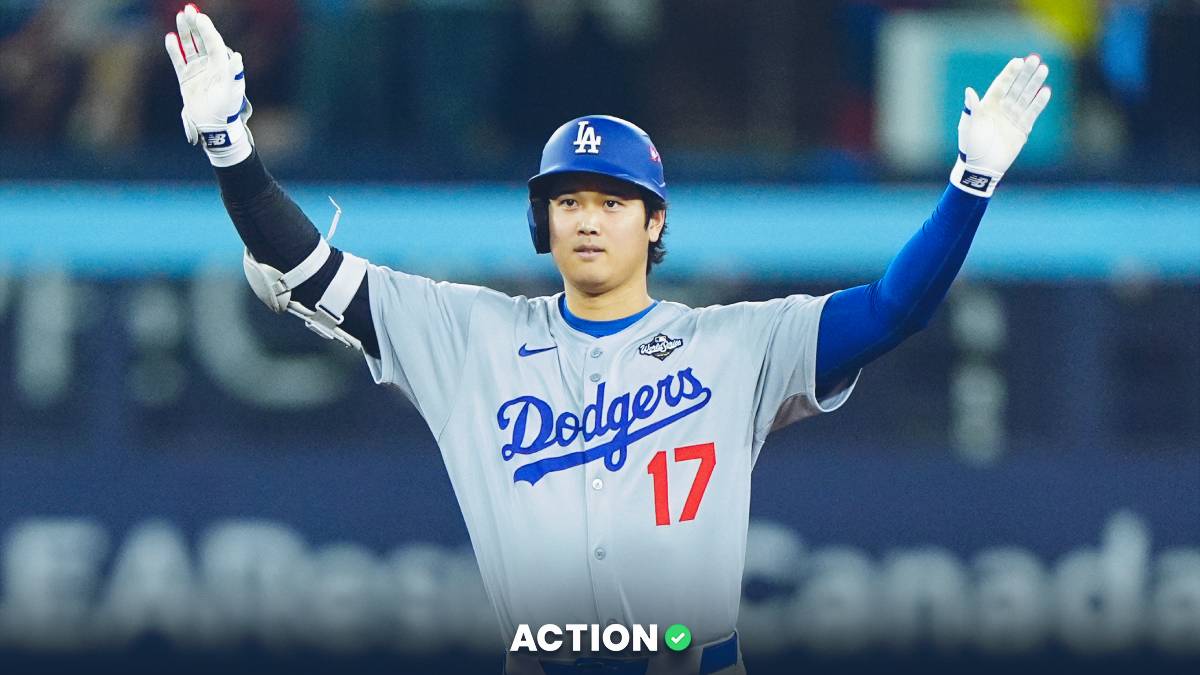Each week during the MLB season, Action Network’s Anthony Dabbundo will compile a weekly notebook of observations, analytical findings and actionable information to help bettors find an edge in betting the daily grind of a 162-game season.
The biggest rule change of the MLB offseason was the insertion of the designated hitter into the National League. The second biggest change — which perhaps went under-discussed until offense hit new lows in April and May — was the humidors in all 30 MLB parks.
Arizona and Colorado have already used humidors, along with a few other ballparks in recent years, to regulate the amount of water in the ball and reign in extremely pro-hitting run environments that would exist without them.
It's always dangerous to use these park factors in small samples, but there are a handful of parks playing a lot differently in 2022 than they have in years past.
Citizens Bank Park, Philadelphia
The Phillies signed Kyle Schwarber and Nick Castellanos in the offseason in a clear attempt to prioritize offense and take advantage of their hitter-friendly, small home ballpark. The outfield is small at Citizens Bank Park, and defensive upgrades were ignored by signing two subpar defensive options at the corner outfield positions.
Citizens Bank Park is playing much differently this year than years past. Philadelphia is 29th in ESPN's park factors in 2022, making it the second biggest pitcher's park in the sport thus far, behind only San Diego's Petco Park. The Phillies Statcast park factors, which focuses more on the batted ball event data, has Citizens Bank Park ranked 30th in overall park factors and 15th in homers.
Citizens Bank was sixth in home run rating in 2019, second in 2020 and is now 15th in 2022. Maybe it's the new balls, the new humidor or just statistical variance. It also seems that the offense has heated up considerably as the temperatures have warmed up. Part of that is the inherent streakiness of Schwarber and Rhys Hoskins atop the lineup.
But what if it is more than that? The humidors are set to a certain dew point and when the conditions outside exceed that average — as they do in the warmer months — the humidor actually takes water out of the ball and enables it to fly further. I'm no physics expert but it could certainly be a reason why Philadelphia is all of a sudden hitting a ton of homers at home.
The Phillies have hit 19 homers in 11 games at home since May 30. They only hit 20 homers in the first 24 home games in Philadelphia. It's not just the Phillies offense that has been heating up, either. They've allowed 12 homers in those same last 11 games at home.
Oriole Park at Camden Yards, Baltimore
Oriole Park has a more simple explanation for the difference in run environment from 2021 to '22: The left-field fence changed and dramatically cut down on the home run-hitting ability there.
This is especially true for right-handed bats. Camden Yards played as the No. 1 park for both overall park factors and home runs in the 2021 season. In the juiced ball era of 2019, Baltimore played as the fourth-biggest hitters park overall and fifth for home runs.
Raising the height of the left field fence by five feet and increasing the distance by 30 feet has turned a once hitter's paradise into a pitching dream. Oriole Park ranks dead last in home run hitting and third last in overall park factor.
I do wonder if the same thing that's happening in Philadelphia with humidity rising in June will help Camden Yards play a bit smaller. It is peculiar that Washington (Nationals Park), Baltimore and Philadelphia are all so close together and all three have seen such significant reductions in their park factors in the same season. The stadiums are less than 150 miles apart, and the humidors may have had similar negative effects on all three hitting environments.
That could also mean that the early season data is a bit of a mirage in Baltimore too, and it may start to play more like an average park for the remainder of the season. I'd expect that to be the case in the warmer months.
The market has seemed to adjust to the new scoring environment at Oriole Park, as unders have been considerably less profitable as the weather has warmed and the totals had originally come down in May.
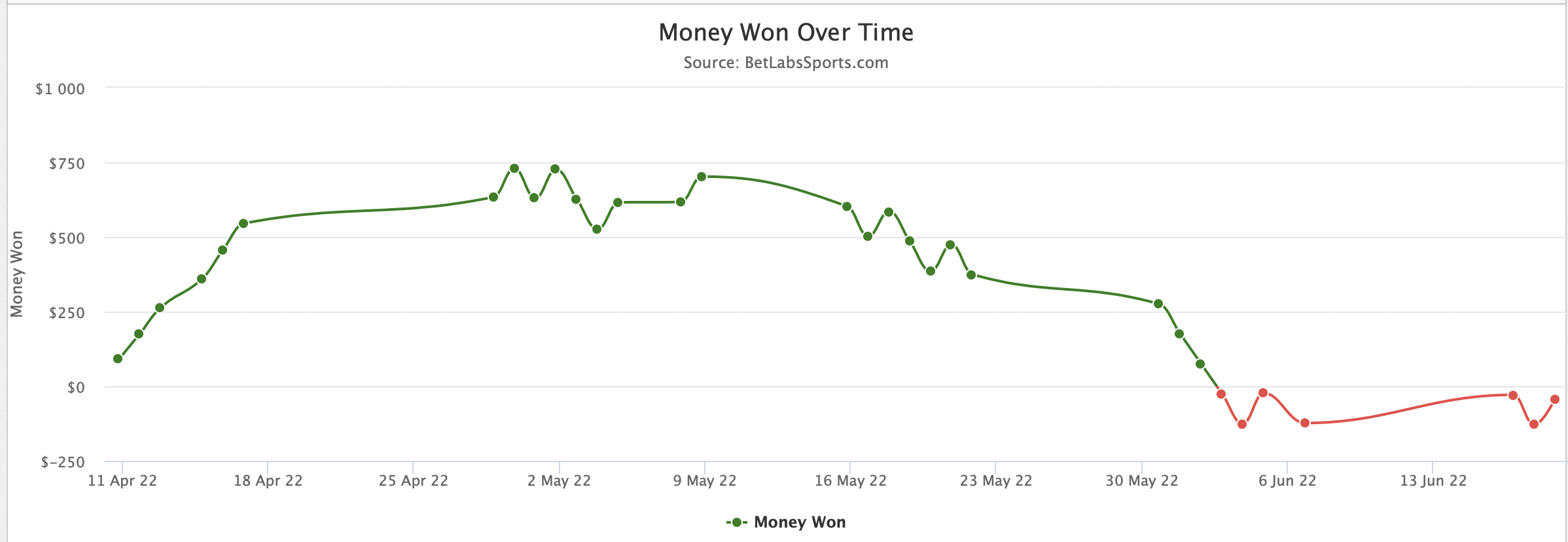
Busch Stadium, St. Louis
If Baltimore is the extreme example of a ballpark going from hitter friendly to pitcher friendly, then St. Louis is the exact opposite of that. The ball is absolutely flying out of Busch Stadium this year and at what point do we think the sample is big enough to mean something? I think that point is now.
A stadium does not go from 29th in homer run park factors in 2021 to third in one season without a dramatic change somewhere. The dimensions have not changed there at all, though. So something else, beyond variance, has to be the cause here. Busch Stadium was bottom six in HR park factors in both '18 and '19 and was below average in the shortened '20 season, too.
Paul Goldschmidt is off to a scorching start in his home ballpark, but even he has seemed to benefit from the warmer months. Almost all of his home runs at home have come in the last month, when temperatures and dew points have considerably risen.
Whatever your preseason run environment expectation was in St. Louis, it's wrong and time to be adjusted upward in a big way. The market clearly hasn't done so to this point in the year.
Two Offenses To Sell High On
St. Louis' offense is clearly benefiting from its now-hitter friendly home park, but there's still some troubling signs for this group as a whole long term. When you compare wOBA-xwOBA across the entire league to see which offenses are most over-performing their underlying numbers, St. Louis ranks second luckiest in the league. They put a ton of balls in play, but with one of the lower hard-hit rates in the league, the Cardinals can't sustain their current level of run production.
The difference between their xBA and actual batting average is also the second most fortunate in the league. The same is true for the xSLG numbers. The Cardinals rank fifth best in runs per game in the whole sport, but the offense is just 23rd in barrel rate and 26th in hard-hit rate.
I'd expect some regression and once Goldschmdit cools off, the lineup is still pretty reliant on rookies Juan Yepez and Nolan Gorman to produce in high spots in the lineup. St. Louis should continue to be effective vs. LHP, but I'll be looking to fade them against better righties in the coming months.
Manny Machado's injury leaves a gaping hole in the middle of a struggling Padres lineup. San Diego was already overperforming at an unsustainable rate — second in clutch hitting, third luckiest offense based on wOBA-xwOBA — and now San Diego will not have its MVP caliber hitter.
Until Fernando Tatis Jr. returns to the lineup, and who knows when that will be, I'm going to continue to look to play against the Padres. The offense is seventh in runs scored per game despite being 24th in xwOBA, 28th in barrels and 23rd in hard-hit rate.
Either those numbers will have to improve, or San Diego's offense is going to regress and fall into potential playoff peril.


